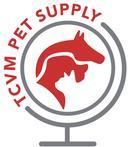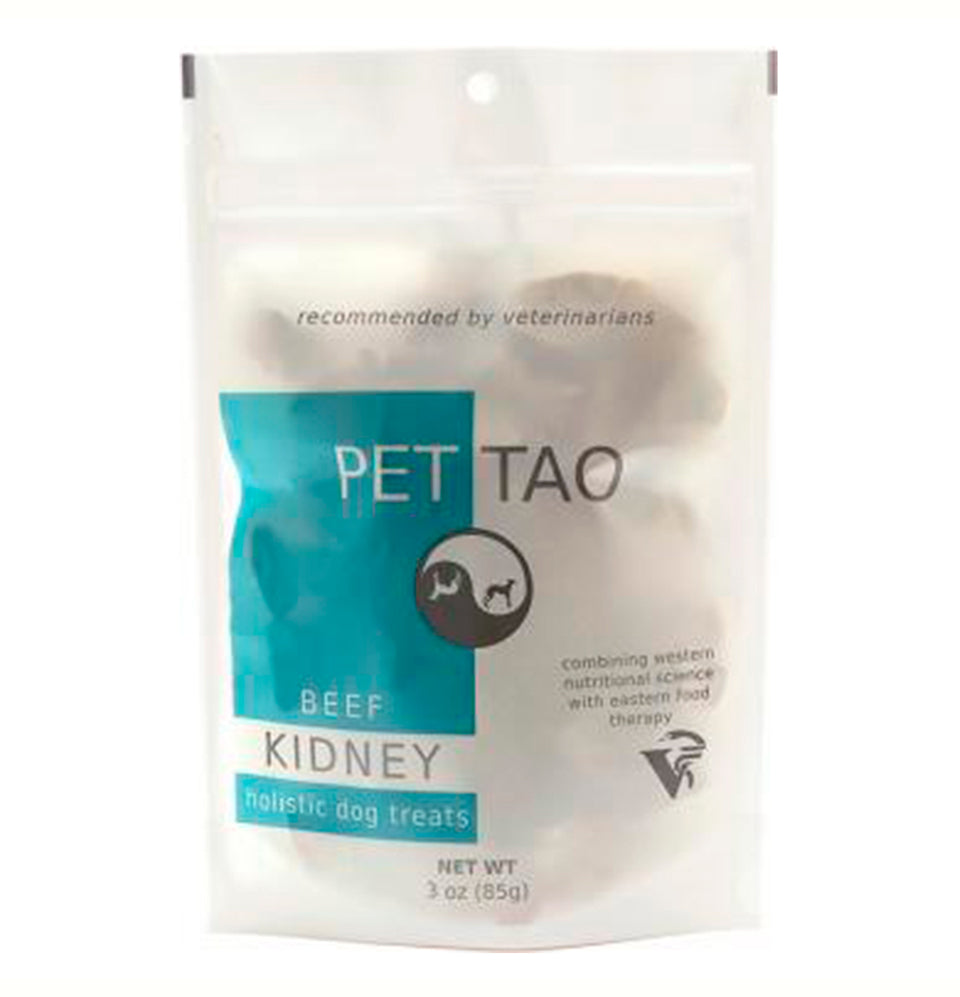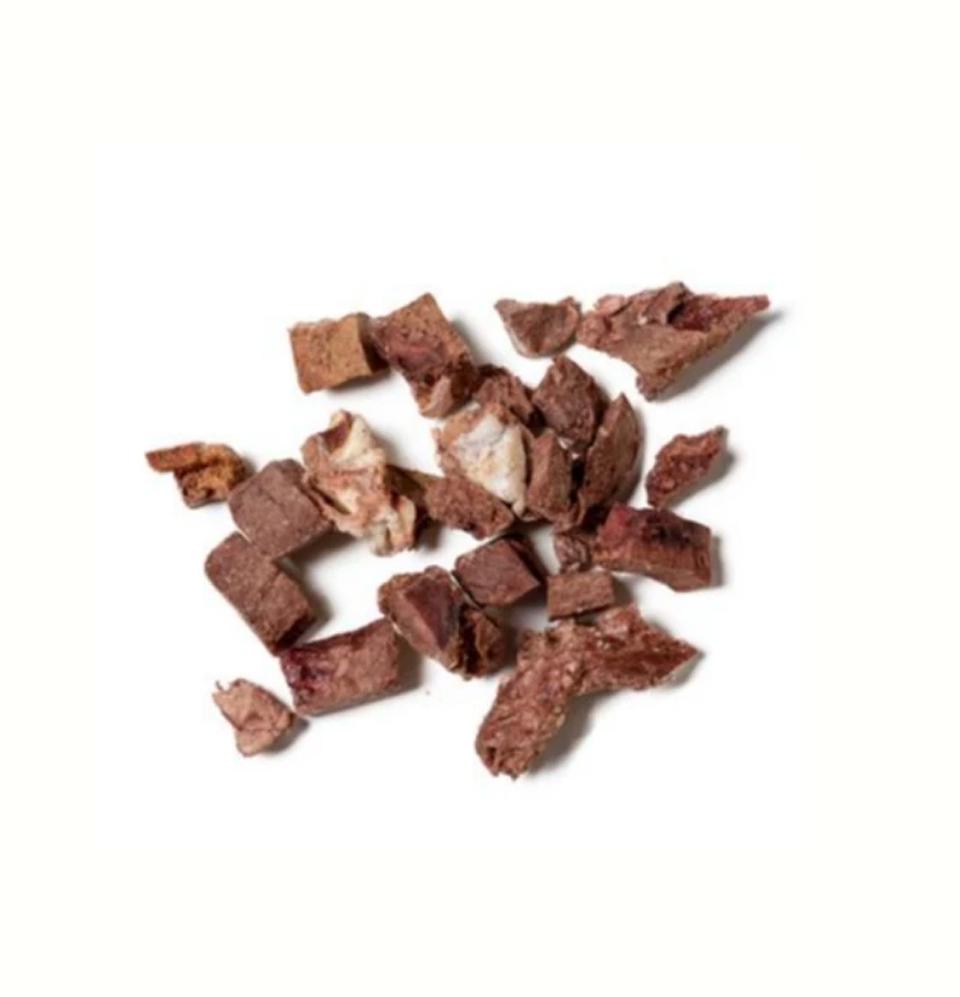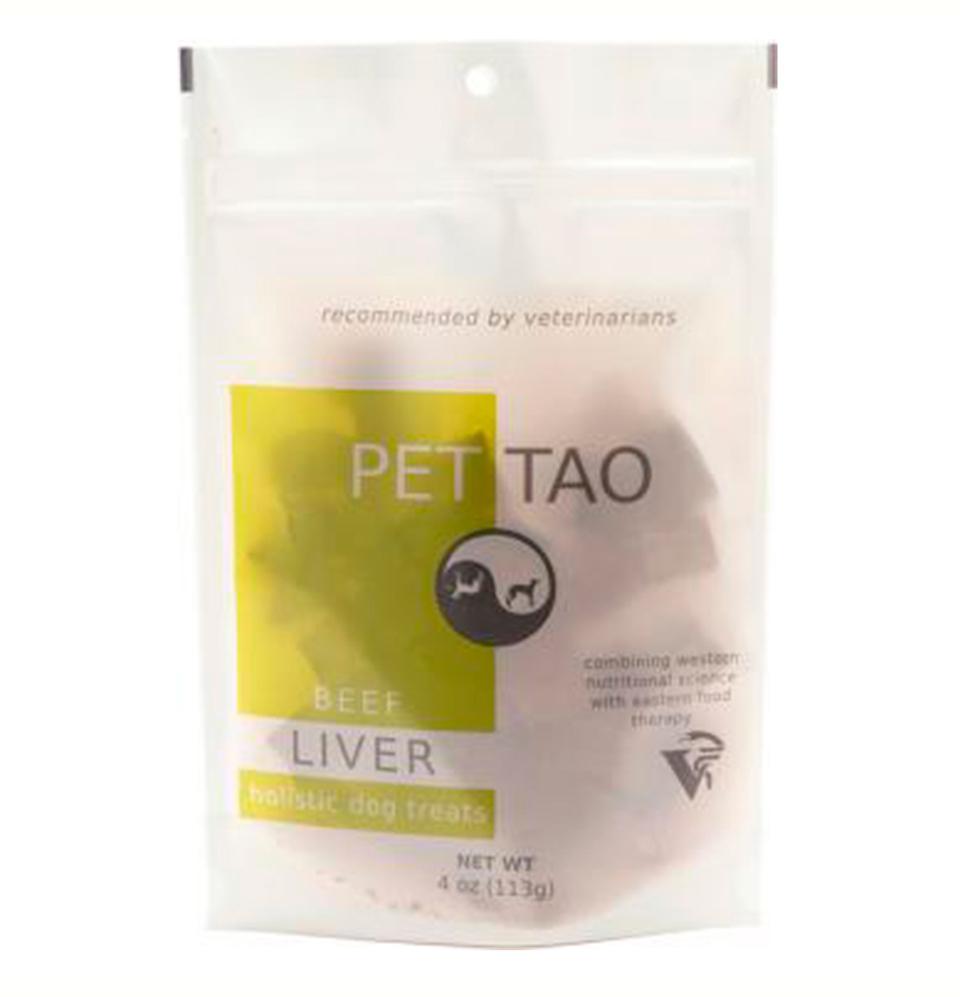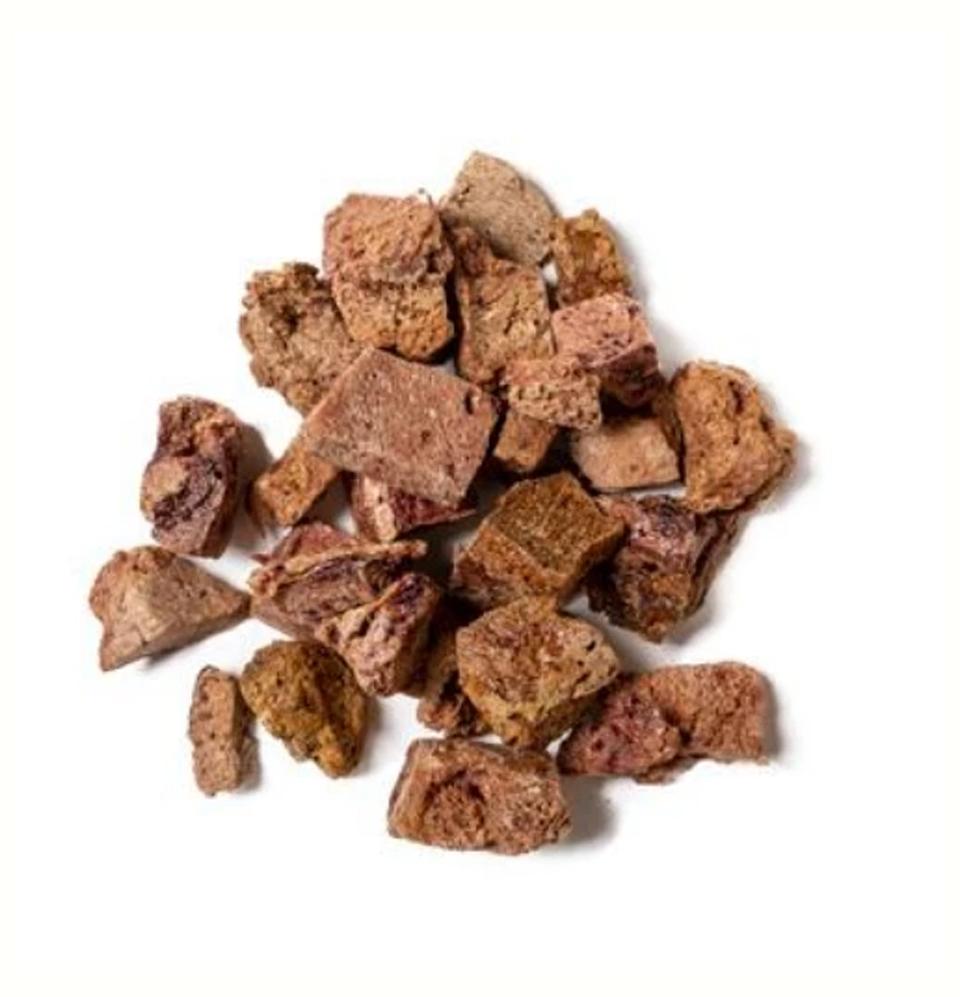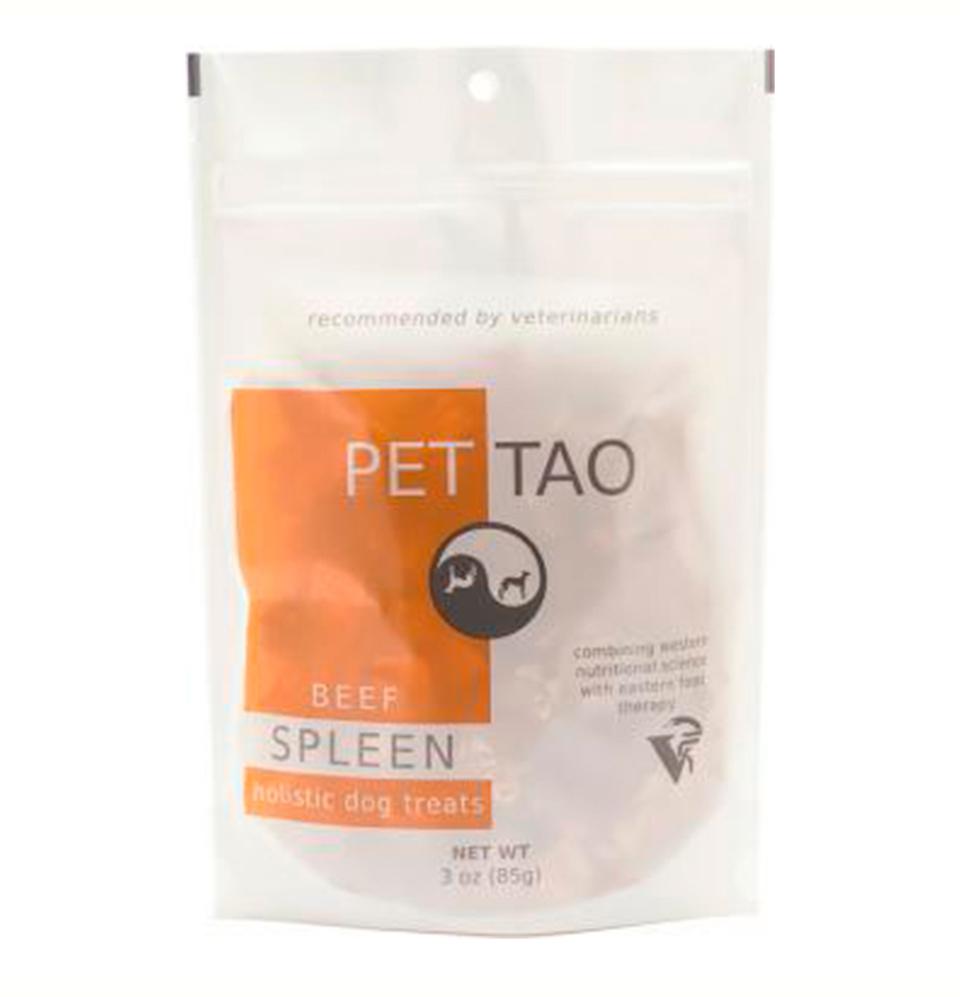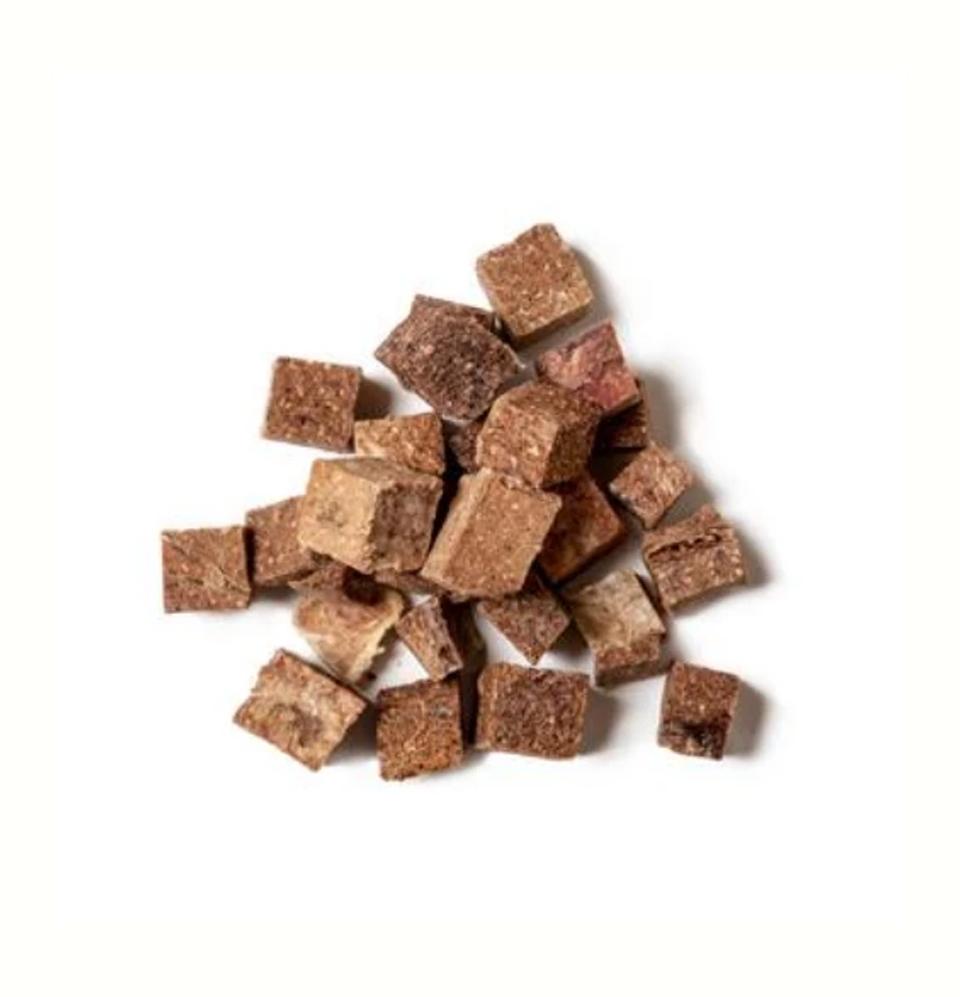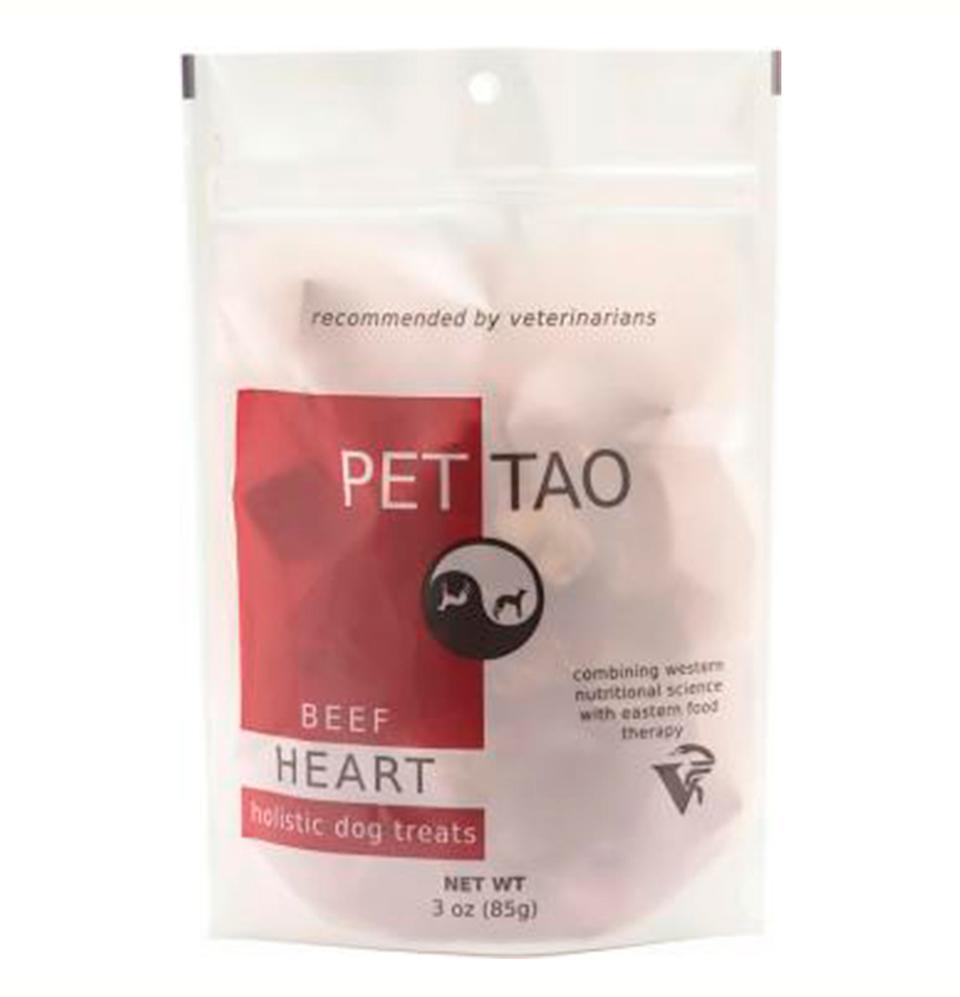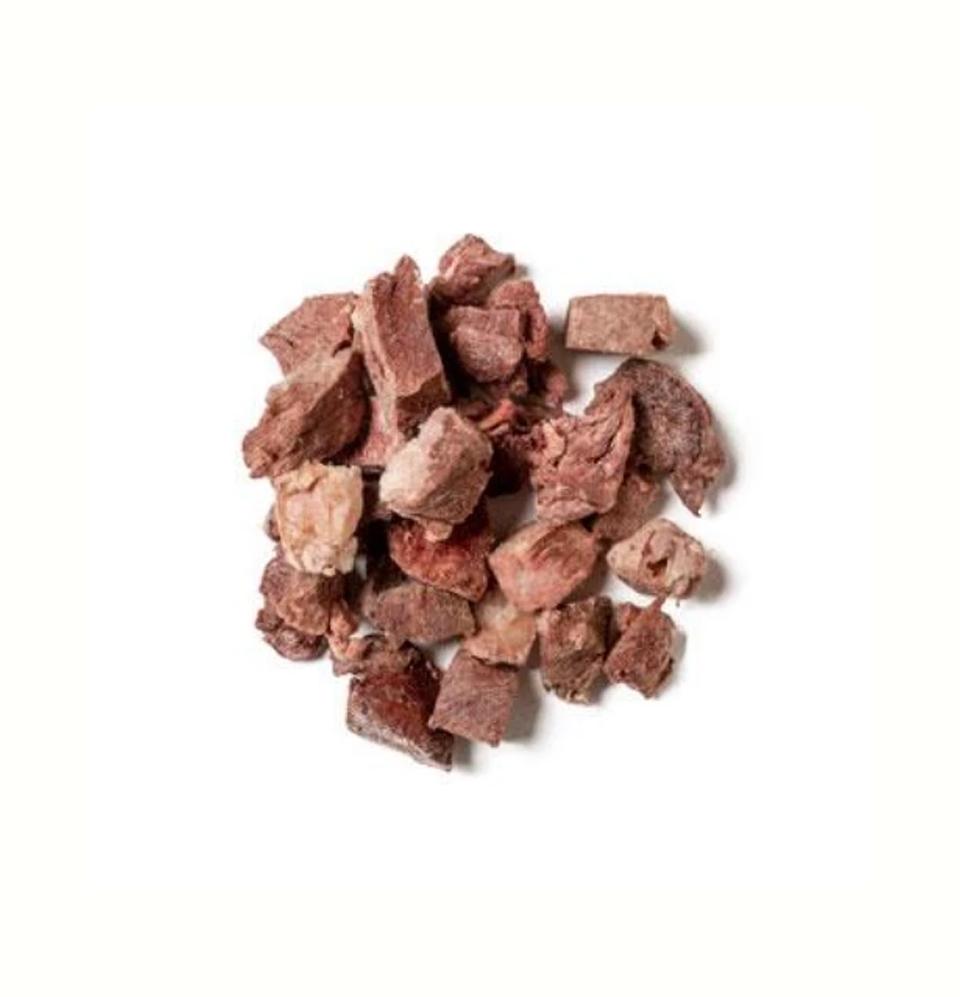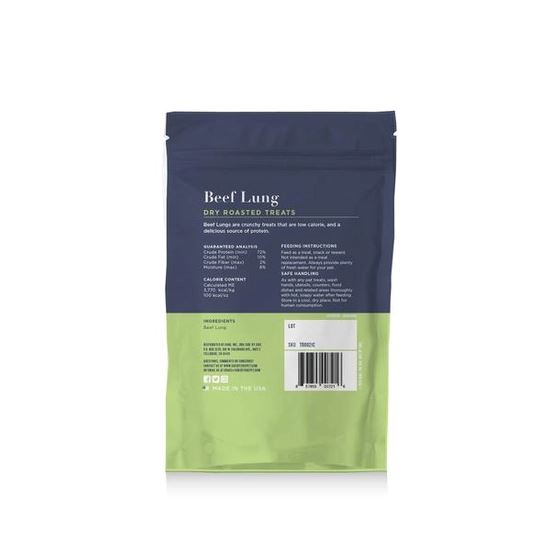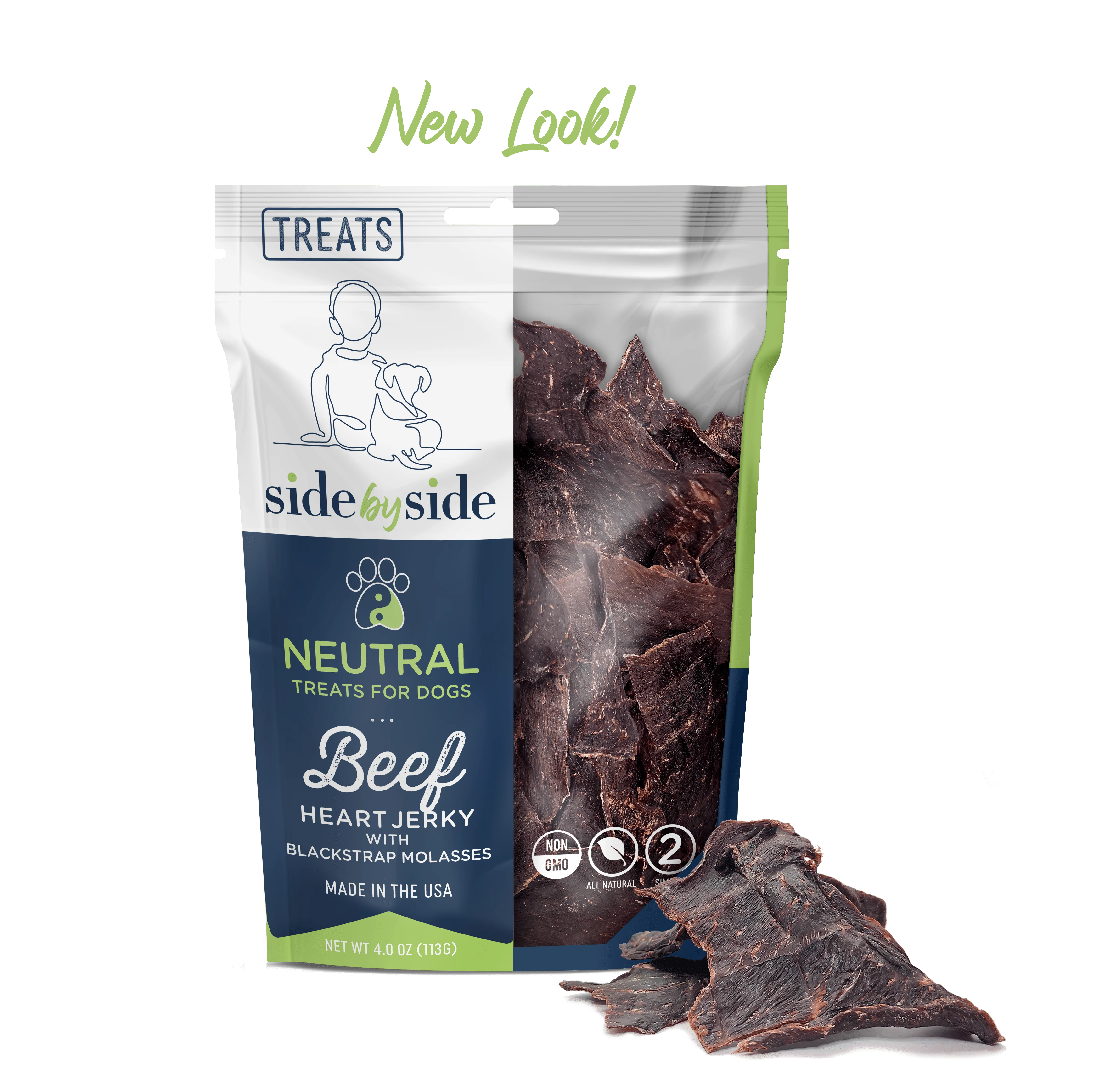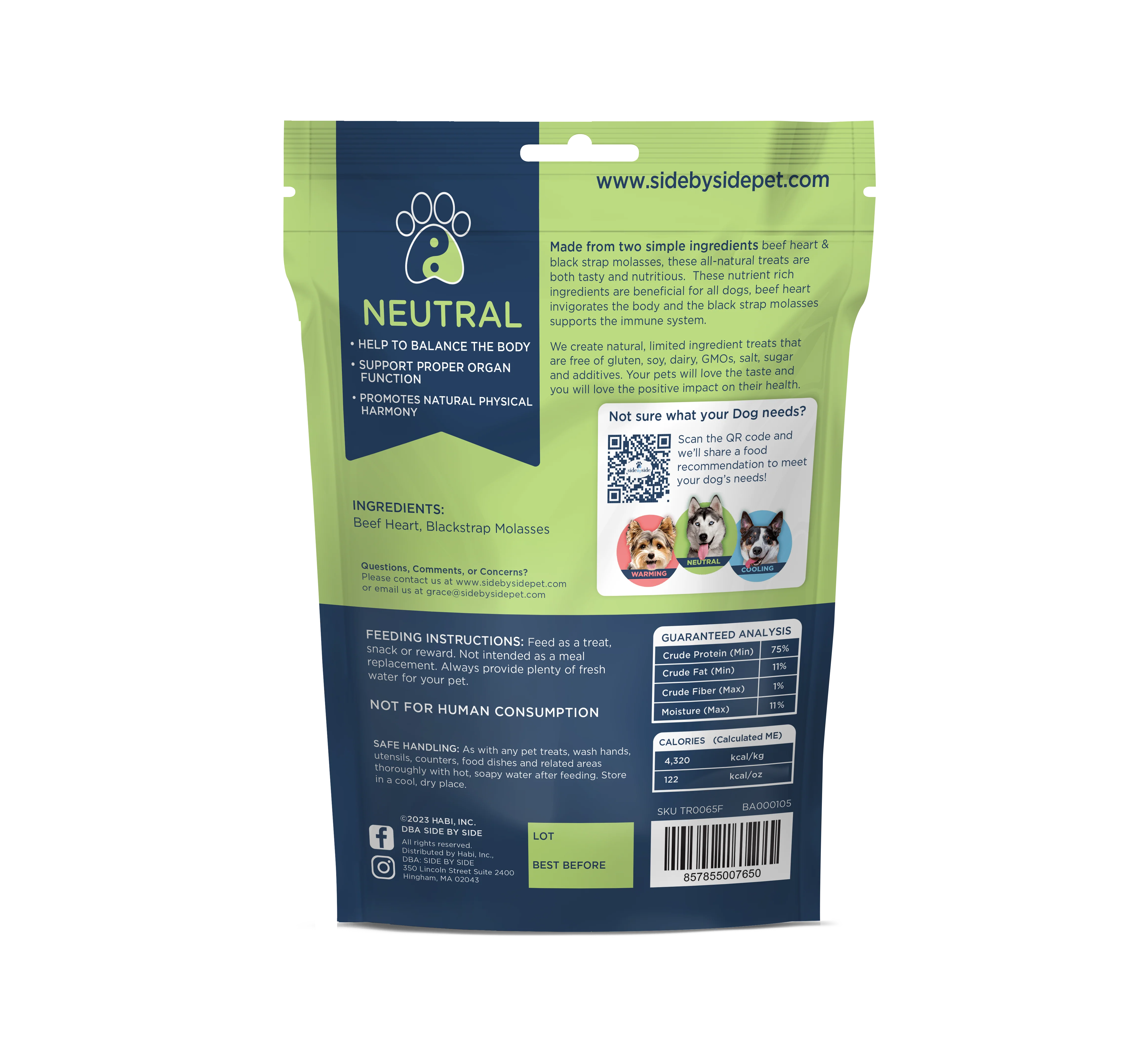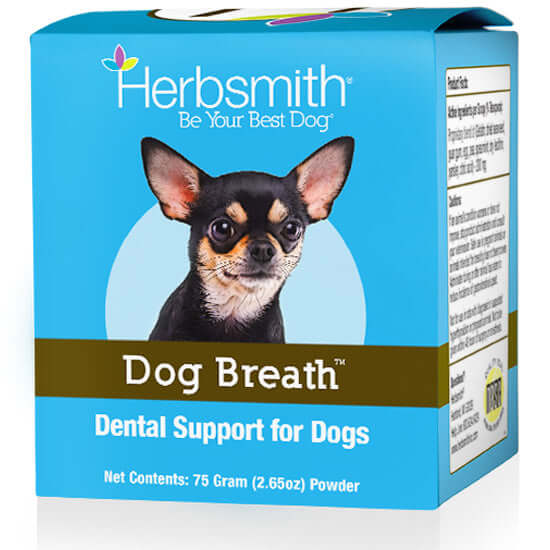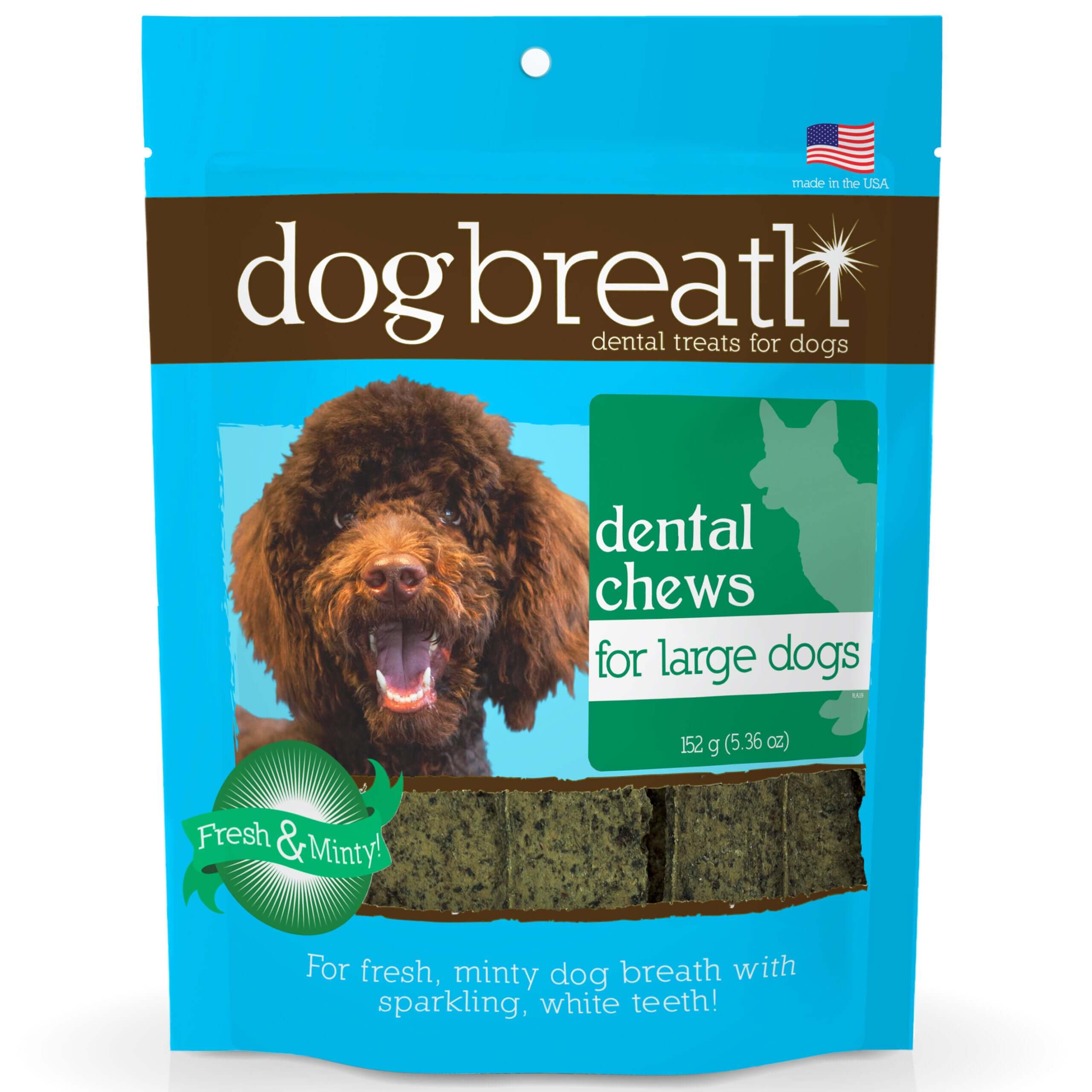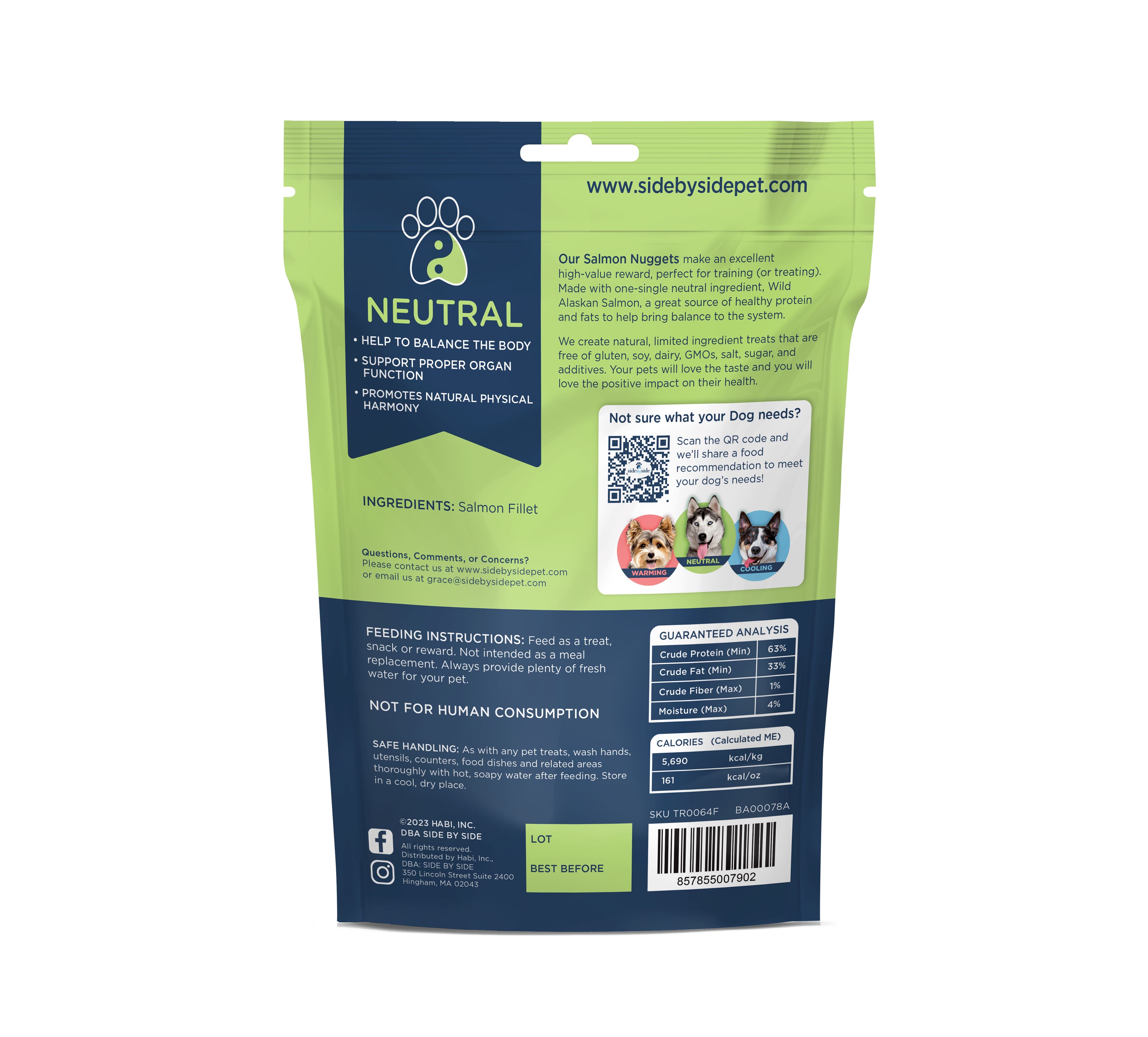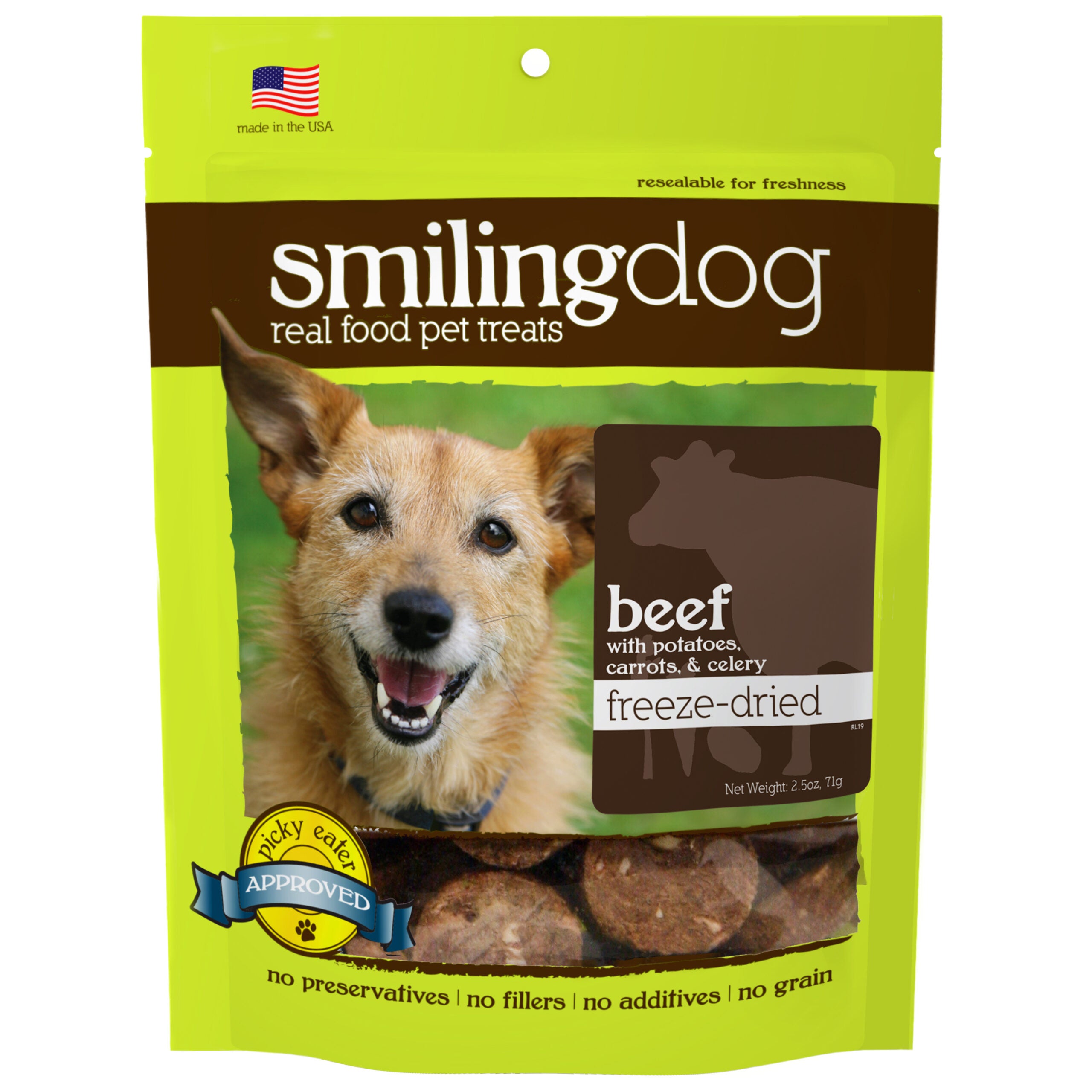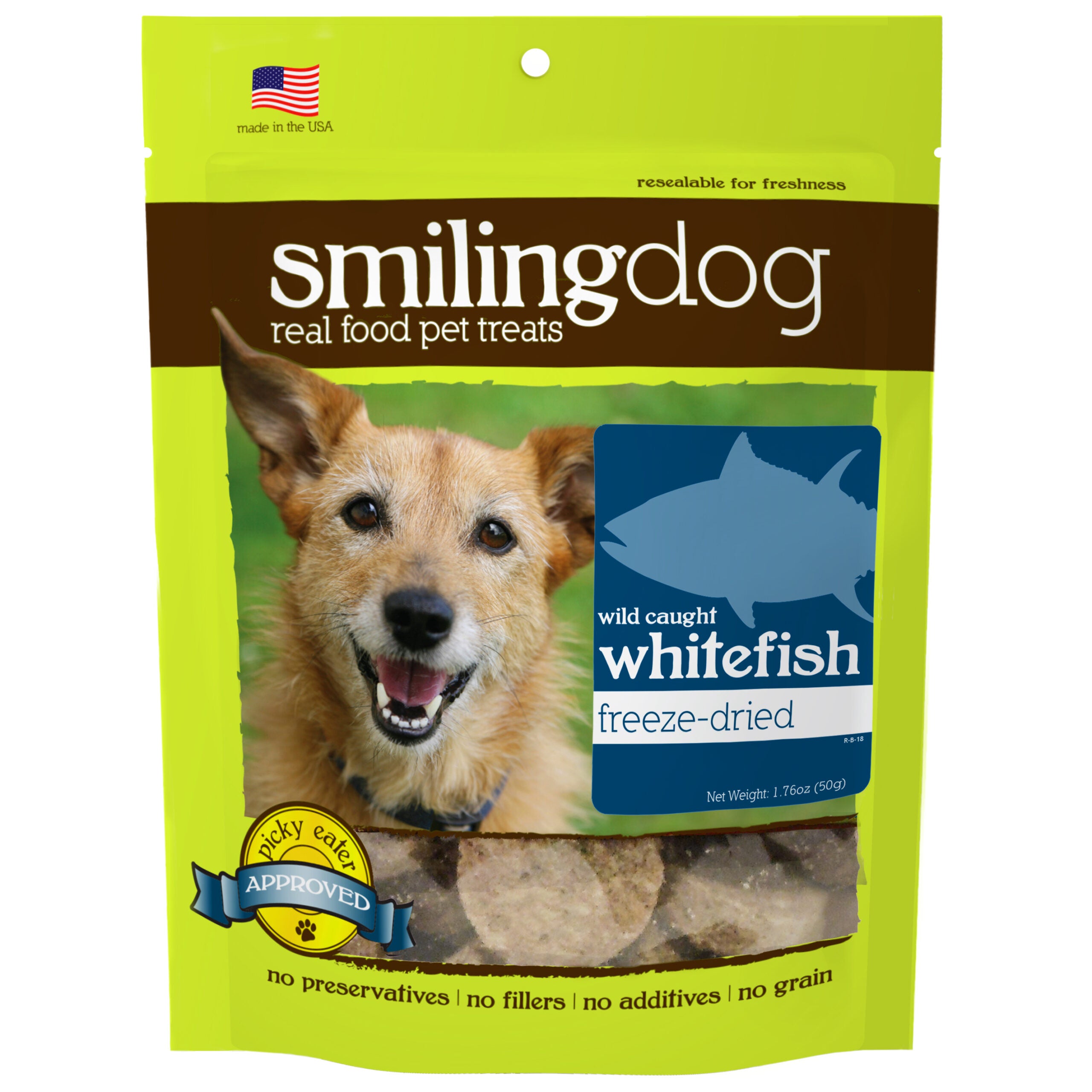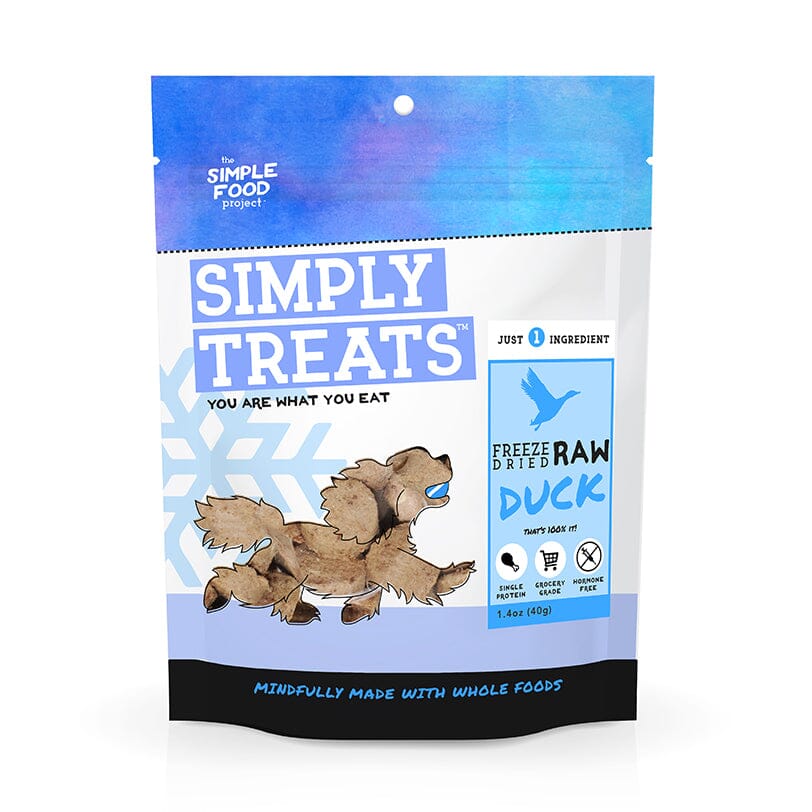
Understanding Cushing's: A Picture of a Dog With Cushing's Disease

A Picture of a Dog With Cushing's Disease
Dog's suffering from Cushing's disease display classic signs.
In this article, we'll explain the signs, what causes them, and how it makes your dog feel.
Cushing's disease, also known as hyperadrenocorticism, is a hormonal disorder that affects dogs.
It is caused by excess levels of cortisol, a steroid hormone produced by the adrenal glands.
Cortisol plays a vital role in regulating various body functions, including metabolism, immune response, and stress response.
There are two types of Cushing's disease, Pituitary-dependent (PDH) and Adrenal-dependent.
However, Pituitary-dependent is the most common form, accounting for about roughly 80-85% of the cases.

As you can see in the above picture of a dog with Cushing's disease, there are several obvious signs.
Drinking More and Peeing More
One of the first thing pet parents notice when their dog has Cushing's disease is the excessive drinking and peeing.
There are several factors that come into play as potential causes.
Elevated Cortisol Levels
Polydipsia is the medical term for increased thirst. And, it is a common symptom of Cushing's disease.
Elevated cortisol levels can affect the dog's water balance, leading to excess thirst.
Dogs with Cushing's disease also often experience increased urination, a condition called polyuria.
The excess cortisol can interfere with the normal regulation of antidiuretic hormone (ADH), which helps concentrate urine.
As a result, the dog produces more dilute urine and loses more water, leading to increased thirst.
Panting and Dehydration
Dogs with Cushing's disease often pant more often due to increased cortisol levels, which can lead to dehydration.
To combat this, they instinctively drink more water to replenish the lost fluids.
Cortisol's Effect on the Kidneys
Cortisol affects the kidneys' ability to concentrate urine by impairing the reabsorption of water.
This leads to an increase in water intake to compensate for the excessive loss of fluids through urine.
Pot Belly
Dogs with Cushing's disease often have a pot-bellied appearance as shown in the above picture.
Abdominal Fat Redistribution
Excessive cortisol levels in Cushing's disease can lead to a redistribution of fat in the dog's body.
Cortisol promotes the accumulation of fat in certain areas, including the abdomen, while causing the breakdown of muscle tissue.
Then, the fat redistribution results in the development of a rounded, protruding abdomen, commonly referred to as a pot belly.
Muscle Wasting
The elevated cortisol levels in Cushing's disease also lead to muscle wasting or muscle atrophy.
As muscle mass decreases, it contributes to the appearance of a pot belly.
Also, the weakening and loss of muscle tone in the abdominal area can make the abdomen appear more prominent.
Enlarged Organs
In some cases, Cushing's disease can cause enlargement of certain organs, such as the liver and adrenal glands.
In addition, the enlarged organs can push against the abdominal wall, adding to the bulging appearance of the abdomen.
Hair Loss
Hair loss, or alopecia, is a common symptom in dogs with Cushing's disease.
There are several factors in involved in Cushing's hair loss.
Our founding veterinarians often recommend melatonin to help combat hair loss.
Hormonal Imbalance
As mentioned earlier, Cushing's disease is characterized by an excessive production of cortisol, a steroid hormone.
Elevated cortisol levels can disrupt the normal hair growth cycle in dogs.
Also, the hair follicles may become less responsive to growth signals, leading to hair thinning and eventual hair loss.
Skin Changes
Dogs with Cushing's disease often experience changes in their skin.
Increased cortisol levels also cause thinning of the skin, making it more fragile and prone to damage.
Additionally, cortisol can suppress the immune system, making the skin more susceptible to infections, which can further contribute to hair loss.
Excessive Grooming
Some dogs with Cushing's disease may exhibit behavior changes, including increased grooming or licking of their skin.
Consequently, the excessive grooming can lead to hair loss, as the constant licking and chewing can damage the hair follicles and cause hair to break or fall out.
Reduced Blood Flow to Hair Follicles
Cortisol can cause constriction of blood vessels, reducing blood flow to the hair follicles.
Consequently, inadequate blood supply can impair the delivery of needed nutrients and oxygen to the hair follicles, affecting their health and leading to hair loss.
Thin, Scaly Skin
The characteristic thin and scaly skin observed in dogs with Cushing's disease can be attributed to several factors.
Cortisol's Effect on the Skin
Excess cortisol can impair the production of collagen and other components that provide strength and elasticity to the skin.
As a result, the skin becomes thinner and more fragile, making it prone to damage and the development of scales.
Reduced Skin Cell Turnover
Excess cortisol can also slow down the normal turnover of skin cells, leading to a buildup of dead skin cells on the surface.
The buildup of dead skin cells then contributes to the development of dry, scaly patches on the skin.
Impaired Sebum Production
Sebum is an oily substance produced by the sebaceous glands in the skin. It helps to moisturize and protect the skin.
In Cushing's disease, excess cortisol can interfere with the normal function of the sebaceous glands, leading to reduced sebum production.
Consequently, reduced sebum production can result in dryness and flakiness of the skin, contributing to its thin and scaly appearance.
Secondary Skin Infections
Dogs with Cushing's disease are more susceptible to skin infections due to the suppressed immune response caused by elevated cortisol levels.
The infections may cause further damage to the skin, leading to inflammation, scaling, and discomfort.
Dark Patches of Skin
Dogs with Cushing's often have dark patches of skin.
The dark patches, shown on the above photo of a dog with Cushing's occur due to a combination of factors.
Melanin Production
Melanin is the pigment responsible for the color of the skin.
Elevated cortisol levels in Cushing's disease can stimulate the production of melanin, leading to increased pigmentation in certain areas of the skin (dark patches).
Skin Inflammation and Irritation
Cushing's disease can cause thinning and weakening of the skin, making it more susceptible to irritation and inflammation.
Chronic skin inflammation can trigger an increase in melanin production, leading to the darkening of the affected areas.
Skin Friction and Rubbing
Dogs with Cushing's disease often scratch, chew, or rub of their skin due to discomfort or itchiness.
The constant friction can cause skin irritation and inflammation, which can contribute to the development of dark patches as shown in the picture of a dog with Cushing's disease.
Secondary Infections
Dogs with Cushing's disease may be more prone to skin infections due to the weakened immune system.
The infections then may cause inflammation and hyperpigmentation in the affected areas.
Poor Wound Healing
Poor wound healing in dogs with Cushing's disease is due to several factors.
Elevated Cortisol Levels
High cortisol levels can impair the immune response and delay the inflammatory phase of wound healing, which is crucial for initiating the healing cascade.
Suppressed Immune System
Cortisol, the primary hormone involved in Cushing's disease, can also suppress the immune system.
Then, the compromised immune response makes dogs more susceptible to infections and can hinder the body's ability to fight off bacteria and other pathogens that can delay wound healing.
Reduced Collagen Synthesis
Excess cortisol can interfere with the production of collagen, a protein essential for wound healing.
Collagen provides structural support to the wound and promotes tissue regeneration.
Consequently, insufficient collagen synthesis can impair the formation of new tissue and lead to delayed wound closure.
Impaired Blood Flow
Excess cortisol can cause constriction of blood vessels and decrease blood flow to the wound site.
Adequate blood supply is crucial for delivering oxygen, nutrients, and immune cells to the wound, facilitating the healing process.
Reduced blood flow hinders the formation of new blood vessels and slows down wound healing.
Metabolic Changes
Cushing's disease can cause metabolic disturbances in dogs, including abnormalities in glucose regulation.
Elevated blood sugar levels (hyperglycemia) can impair wound healing by affecting immune cell function and promoting the growth of bacteria in the wound.
Fat Pads
Cushing's disease can contribute to the formation of fat pads in dogs in several ways.
The fat pads are usually on the shoulders, as shown in the picture of a dog with Cushing's disease.
Elevated Cortisol Levels
Elevated cortisol levels can lead to an abnormal distribution of body fat, resulting in the development of fat pads.
Cortisol promotes the deposition of fat in certain areas, such as the abdomen, flanks, and jowls, while causing the breakdown of muscle tissue.
Insulin Resistance
Cortisol can induce insulin resistance, a condition where the body's cells become less responsive to the effects of insulin.
Insulin plays a crucial role in regulating blood sugar levels and facilitating the uptake of glucose by cells.
When cells become resistant to insulin, the body compensates by producing more insulin, which can promote fat storage and contribute to the formation of fat pads.
Increased Appetite
Dogs with Cushing's disease often experience an increased appetite, a condition known as polyphagia.
The excessive cortisol can affect the dog's appetite-regulating mechanisms, leading to excessive food intake.
Overeating and an imbalance in calorie intake then contribute to weight gain and the accumulation of fat, including the development of fat pads.
Metabolic Changes
Cortisol influences various metabolic processes in the body. It can promote the breakdown of proteins and divert energy towards fat storage.
This shift in metabolism results in an increase in fat deposition, particularly in certain areas of the body, leading to the formation of fat pads.
Need Extra Help with Cushing's Disease?
If you'd like to learn more about Cushing's disease and how to help your dog naturally, check out this article: Inside Scoop: TCVM Veterinarians Share Holistic Cushing's Disease Protocol.
Or, if you ever feel like you need extra help in managing your dog's Cushing's disease naturally or with TCVM herbal blends we can help.
TCVM Pet Supply co-founding veterinarians, Dr. Marc Smith and Dr. Casey Damron, offer TCVM telemedicine consultations.
If you get a TCVM telemedicine consultation, you'll get personalized TCVM recommendations specific to your pet, including:
- TCVM Evaluation
- Food Therapy Recommendations
- TCVM Herb Recommendations & Veterinary Authorization
- Supplement Recommendations
- Alternative Medicine Recommendations
If you reside in the Middle Tennessee area or would like to commute, you may choose an in-clinic appointment instead.
You can learn more about each vet and contact the clinic you prefer directly:
- Marc Smith, DVM, MS - Natchez Trace Veterinary Services
- Casey Damron, DVM, CVA - White Oak Animal Hospital
We hope this information helps you, and wish you the best in helping your dog feel better!
Sources:
- Greco, D. S. (2023, July 11). Cushing disease (Pituitary-dependent hyperadrenocorticism) in animals. Merck Veterinary Manual. https://www.merckvetmanual.com/endocrine-system/the-pituitary-gland/cushing-disease-pituitary-dependent-hyperadrenocorticism-in-animals
- Joles, J. A., Rijnberk, A., Van Den Brom, W. E., & Dogterom, J. (1980). Studies on the mechanism of polyuria induced by cortisol excess in the dog. Veterinary Quarterly, 2(4), 199–205. https://doi.org/10.1080/01652176.1980.9693781
- Cushing’s Syndrome in Dogs - Vetrica. (2016, October 26). Vetrica. https://vetrica.com/cushings-syndrome-dogs/
- Dobias, P. (2023, July 6). Holistic Approach to Cushing’s Disease - Explanation, diagnosis and treatment. Dr. Dobias Natural Healing. https://peterdobias.com/blogs/blog/natural-remedies-for-cushings-disease-in-dogs

